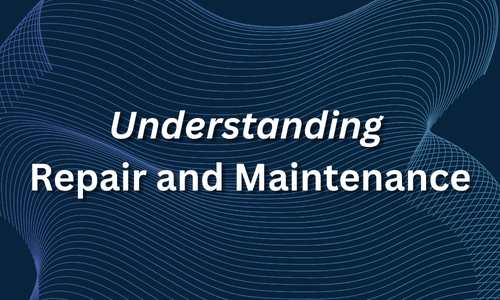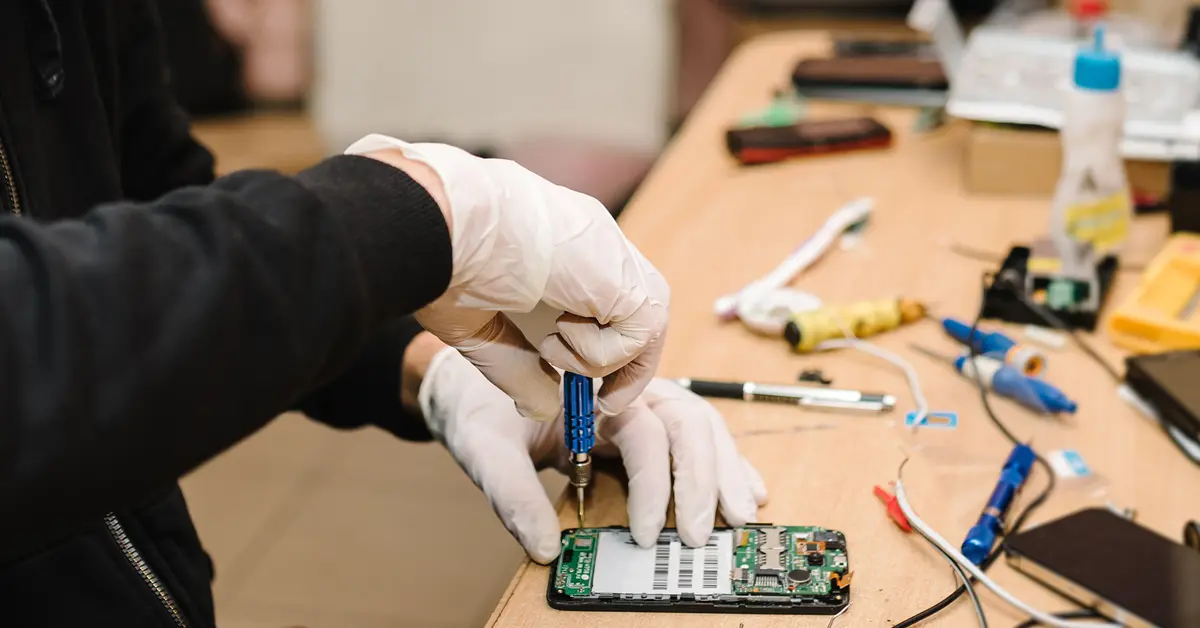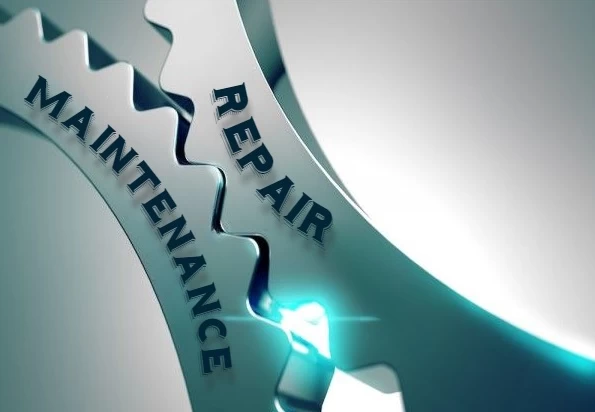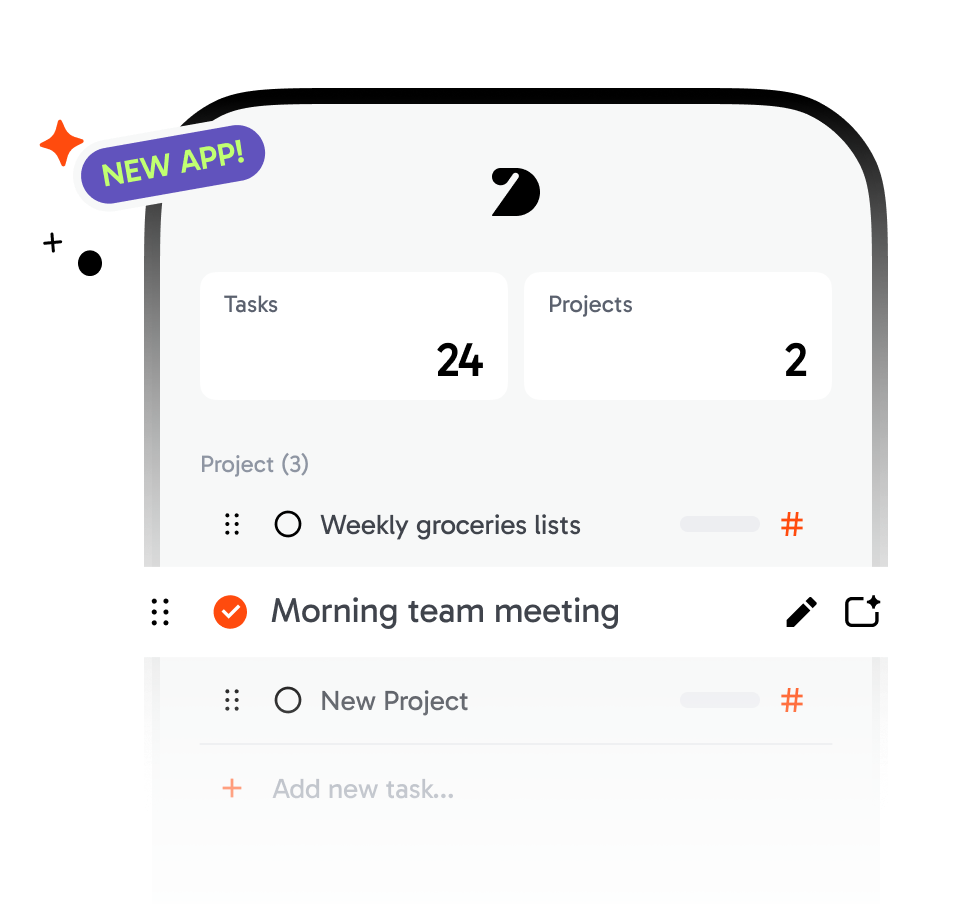Repair and Maintenance: Strategies to Keep Your Assets Running Smoothly

Managing industrial assets in an efficient manner is a challenge that each of the facility managers, heads of operations, and maintenance gangs face. Unplanned shutdowns, unforecasted breakdowns on equipment, even inefficient workflows, would destroy a stack of productivity within seconds and eat deeper into operational costs. A strong repair and maintenance regime ensures that your assets stay reliable, productive, and affordable. Understanding the varied nature of repair and maintenance and implementing structured processes will help organizations optimize across the full spectrum of asset performance and critical equipment life.

Maintenance for Repair and Maintenance
In the asset management circles, Repair and Maintenance are often considered interchangeable, but they serve different purposes. Following a breakdown, reactive maintenance will fix the problem; this is different from preventive maintenance and scheduled maintenance, which work in tandem to keep the asset from becoming unavailable. Understanding these differences will help facilities plan and allocate resources wisely to minimize unplanned repair work and focus their planning activities on the long-term health of assets.
Knowing what repair and maintenance mean is the start to good operation management of assets; after all, it enables teams to implement strategies to maximize uptime, reduce the risk of operations, and increase productivity.
Maintenance Strategy Is Vital
For any Industrial Repair Service activity to be done productively and effectively, a thorough maintenance strategy is essential. By scheduling maintenance jobs, the organization would ensure that it prioritizes maintenance of its critical assets, thus reducing unwanted breakdowns and prolonging the life of costly machines.
The key items that contribute to a comprehensive maintenance strategy include:
- Asset prioritization: which equipment is critical to your operations?
- Preventive maintenance scheduling: plan to inspect and service so as to minimize the chance of failure.
- Resource allocation: direct the teams assigned to maintenance according to their workload and expertise.
- Data-based resolution: utilize past records of repair and maintenance as an avenue of resolution.
When the above are integrated into a practicable maintenance strategy, it will ensure smoother operations and operational efficiency.

Properly Implementing Maintenance Scheduling
Appropriate Maintenance Scheduling is critical to keeping the equipment reliable and not overstressing the resources. Scheduling must be based on asset criticality, usage intensity, and historical failure patterns.
Benefits that arise from proper maintenance scheduling include:
- Lessened emergency repair and downtime
- Greater efficiency of the workforce and its task prioritization
- Better lifecycle management of mechanical equipment
- Better inventory control of spare parts
Modern software solutions automatically schedule maintenance, ensuring that facility managers will receive alerts on maintenance activities, monitor the status, and change the schedule if necessary. By rolling scheduling and Maintenance Best Practices together, teams avert upcoming minor problems that could lead to expensive repairs.
Facility Maintenance Management Best Practices
Facility Maintenance Management is the overarching organizational approach to ensuring that all assets are functioning. Adhering to best practices tends to guarantee that all assets, from HVAC systems to production machinery, are functioning better.
Example of real-world Maintenance best practices are:
- Carrying out periodic inspections and audits
- Documenting all activities of repair and maintenance
- Training personnel on standard procedures
- Integrating preventive maintenance with reactive repair workflow
- Taking advantage of software tools to analyze performance trends
By standardizing maintenance workflows, organizations will minimize errors, stretch equipment life, and improve safety during operations.

The balance of Reactive Maintenance and Proactive Measures
While preventive approaches dominate the modern maintenance field, Reactive Maintenance still remains a prominent consideration. Not all failures can be predicted, hence concerted, quick yet efficient responses to stem downtime are necessary.
Suggested Best Practices are the following:
- Monitor and maintain an inventory of critical spare parts
- Engage Industrial Repair Service Providers where specialized repairs are necessary
- Assess and track the root causes of repeated failures with a view of tightening preventive measures
- Track the record of response times and results for optimizing some interventions in the future.
The balance between preventive and reactive maintenance will ensure that resources are efficiently utilized while equipment reliability remains at the highest.
Manage Assets: Optimize Operations
Maintenance best practices would deal with a merger of repair and maintenance, a proper system that would provide constant monitoring of and intervention on physical assets based on actual performance.
Key strategies include:
- Centralized asset-tracking systems
- Predictive analytics to predict failures
- Aligning maintenance efforts with operational priorities
- Regular review and improvement of maintenance strategy
Organizations that successfully optimize Asset Operations Management achieve better uptime, greater longevity of assets, and lower operational costs.

Why Repair and Maintenance OPMAINT?
For successful repair and maintenance, working with a reliable platform like OPMAINT makes all the difference. Our end-to-end solution simplifies facility maintenance management and maintenance scheduling while delivering actionable insights for preventive and reactive repair. With a combination of technology and domain knowledge, OPMAINT enables facility managers and maintenance teams to ensure their mechanical equipment and other assets function optimally.
Maintain control of your maintenance operations - Book an OPMAINT Demo Today.


.png)
